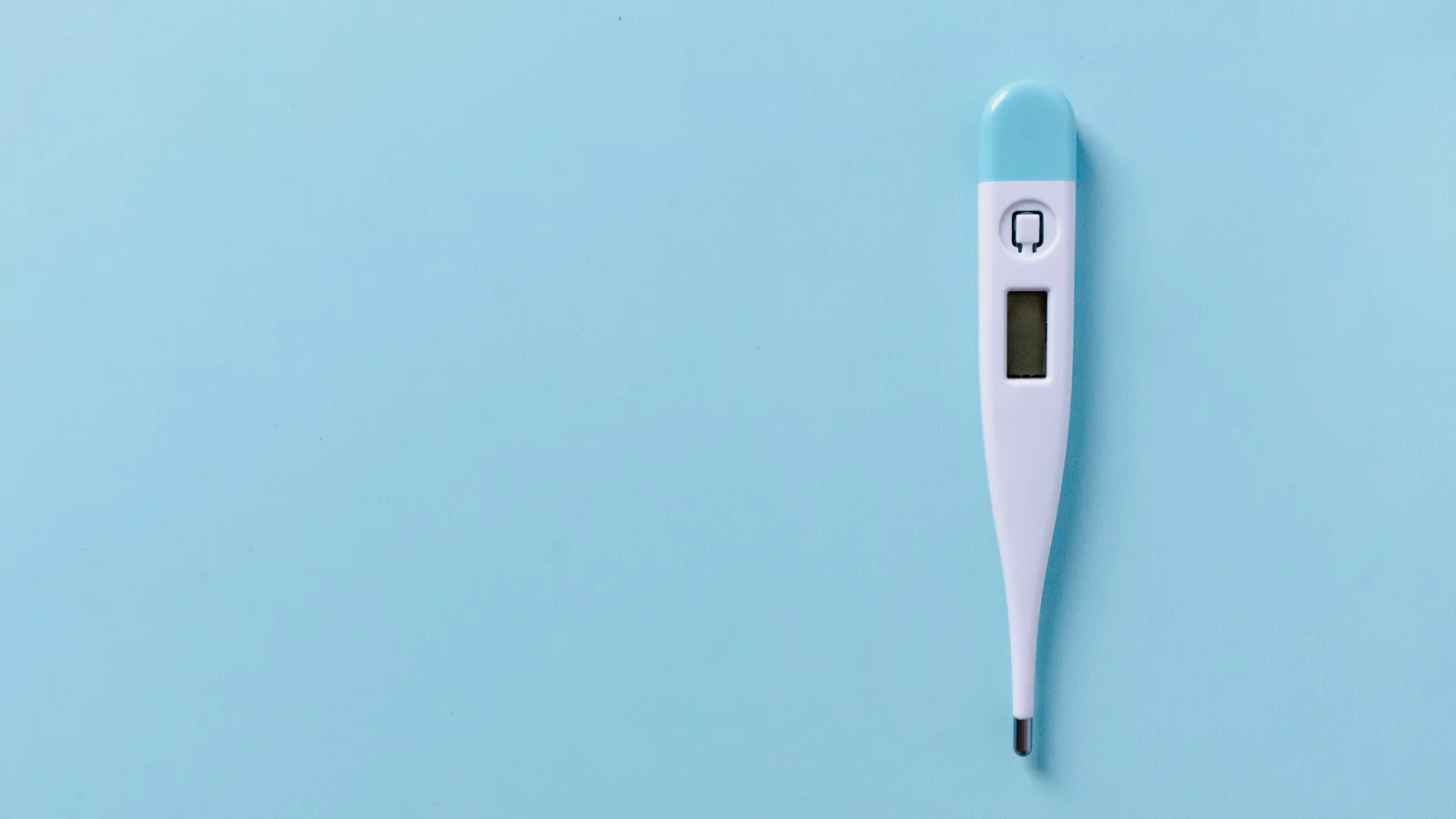By JoAnn Gurenlian, RDH, MS, PhD, AAFAAOM, FADHA
April 24, 2024
A study published in JAMA Internal Medicine has found that our body temperature may be changing. What we are accustomed to thinking of “normal”, that 98.6 degrees Fahrenheit, may not be so normal anymore.
For years, in fact 150 years, we have operated under the premise that the average body temperature is 98.6 degrees Fahrenheit or 37 degrees Celsius. That is the standard temperature measurement we test our students on when teaching vital signs. However, recent finding suggest that average body temperature may be decreasing, and there is natural variation in body temperature that occurs throughout the day and among individuals.
The study that appeared in JAMA Internal Medicine, conducted by Ley, et al, used an algorithm (LIMIT or Laboratory Information Mining for Individualized Thresholds) to determine normal oral temperature ranges by age, sex, height, weight, and time of day. Data from over 618,000 adult patient encounters from April 28, 2008, through June 4, 2017 were included in the study. Results revealed that the mean normal oral temperature did not reach 37°C for any subgroup. The mean overall oral temperature was 36.71°C (98.07°F) prior to running the filtering algorithm and 36.64°C (97.95°F) when the algorithm was used.
Physicians started weighing in about these findings and noted that other studies have found that normal body temperature does vary throughout the day and tends to rise later in the day; women tend to have higher body temperature than men; younger individuals have higher temperature than older persons; and normal body temperature appears to be trending downward with the average body temperature closer to 98°F or even 97.5°F depending on the studies read and physicians’ opinions. This trend towards lower body temperature may be related to lower rates of infection and inflammation which were more common when body temperature was first being examined. Almost two centuries ago, tuberculosis, syphilis and other chronic inflammatory diseases would raise body temperature and there were limited treatments available.
What does all this mean for dental hygiene practice? Body temperature is a vital sign and should be routinely monitored. Our bodies possess a sophisticated thermoregulation system that does not tolerate wide-ranging fluctuations in temperature well. Temperature abnormalities can indicate infection, illness, severe hypothermia, or hyperthermia, which can lead to permanent organ damage or death. Not long ago, the pandemic protocol prompted us to take temperatures on our patients as a way to screen patients for signs of infection. Practitioners were all too eager to drop that procedure as soon as possible. Yet, all vital signs—blood pressure, pulse, respiration, height, weight, and temperature—offer critical insights into our patients’ health. Maybe it is time to rethink what constitutes normal and the ongoing relevance of this vital sign for our practice.
To read the research report, access it here.
____________________________________
This article summarizes the original research paper by Ley C, Heath F, Hastie, T, et al. “Defining usual oral temperature ranges in outpatients using an unsupervised learning algorithm”. JAMA Intern Med. 2023;183(10):1128-1135, as published on the JAMA Network on September 5, 2023. (https://jamanetwork.com/journals/jamainternalmedicine/article-abstract/2809098)
JoAnn Gurenlian, RDH, MS, PhD, AAFAAOM, FADHA, is the ADHA Director of Education, Research and Advocacy, professor emerita in the Department of Dental Hygiene at ISU, and former president of the American Dental Hygienists’ Association 1990-1991.



